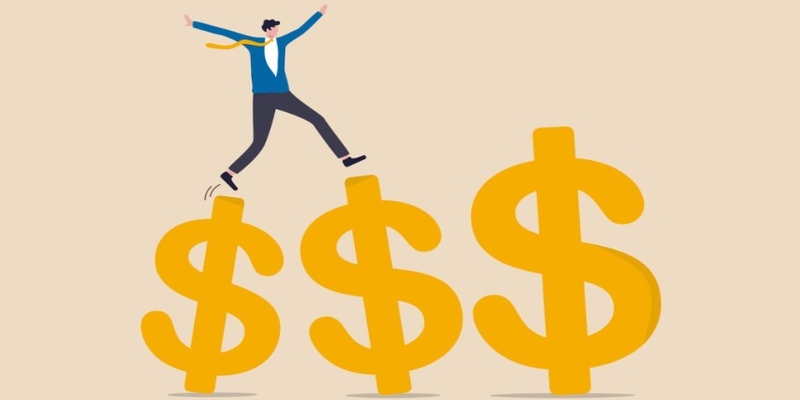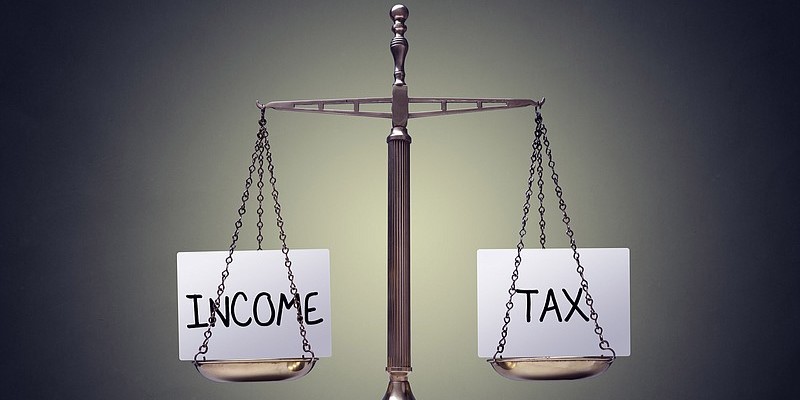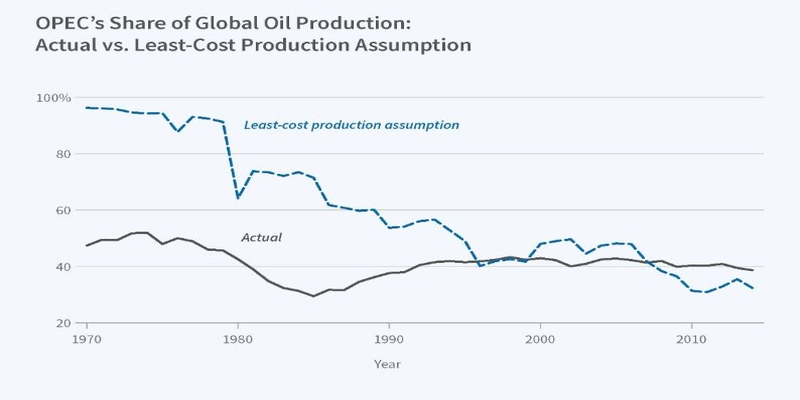Regressive, Proportional, and Progressive Taxes: Know the Difference and Effects
The US tax system has three common tax system types: proportional, progressive, and regressive. All three types of taxes differ in structure and effects on individuals with different income levels. It also affects the efficiency of businesses towards achieving policy objectives. While progressive taxes are applied at a higher rate to individuals with higher incomes, proportional taxes are applied equally to all classes. Individuals with lower incomes are subject to regressive taxes at a higher rate.
A tax structure significantly affects companies and individuals. People, businesses, and lawmakers must understand the key differences among various tax systems to make accurate taxation decisions. In this guide, we will discuss Regressive, Proportional, and Progressive Taxes: What's the Difference?
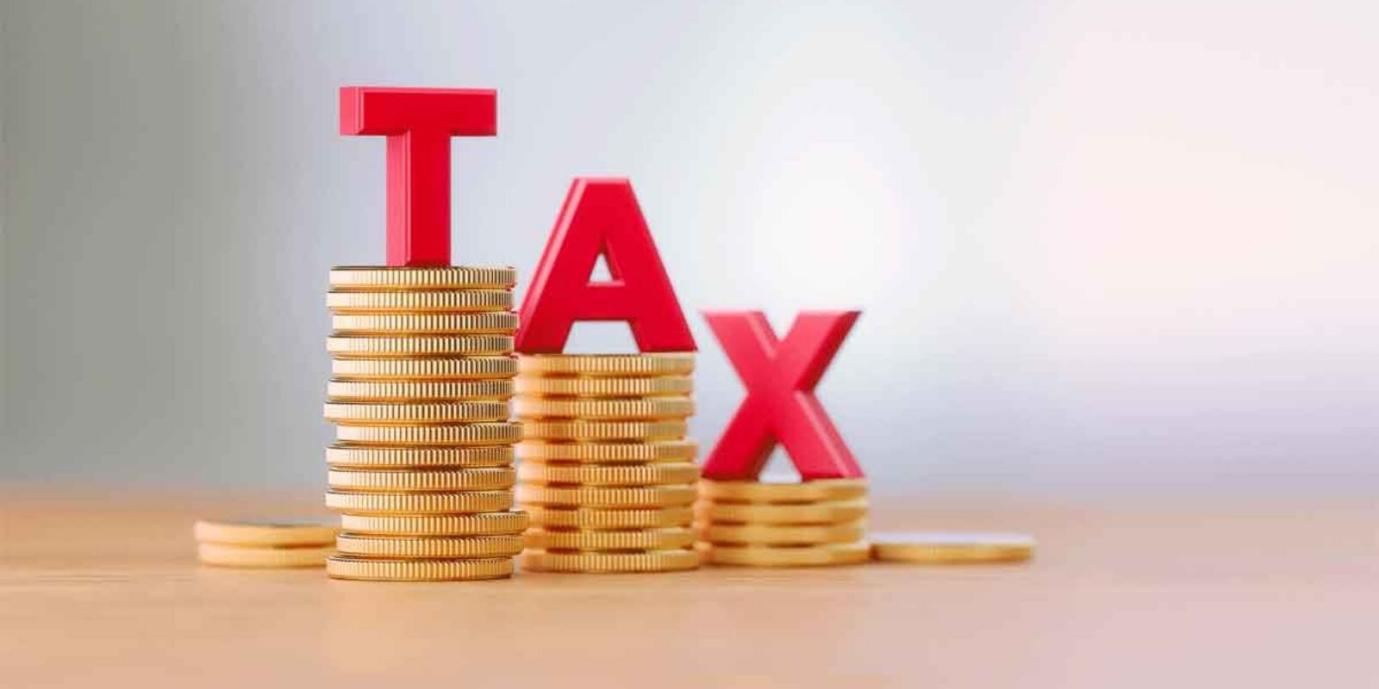
What are Regressive Taxes?
Regressive taxes are imposed at higher rates on individuals with lesser income. It also means that the proportion of income paid in taxes rises as income decreases. Regressive tax examples include a uniform tax system on necessities like clothing, housing, and food is an example of a regressive tax system. A regressive tax system greatly impacts low-income individuals because these commodities make up a bigger portion of their income. Criticism of regressive taxes is inevitable as they promote income inequality and punish low-income individuals. On the other hand, a Progressive tax system can successfully increase government revenue without interfering with economic expansion or job creation.
What Are Proportional Taxes?
Proportional taxes are applied at a fixed rate, whatever the wealth or income of an individual may be. In a nutshell, everybody pays the same proportion of taxes based on their financial status. Someone earning $60,000 annually will pay $6,000 in taxes, whereas a person making $200,000 will pay $20,000 in taxes, assuming the tax rate is 10%.
Usually, proportional taxes are applied to certain things or services, just like sales taxes on commodities or flat taxes on income. These taxes are simple to manage since they are easy to calculate and levy. Like regressive taxes, proportional taxes are also criticized as they unfairly punish low-income individuals who have fewer financial resources to spend.
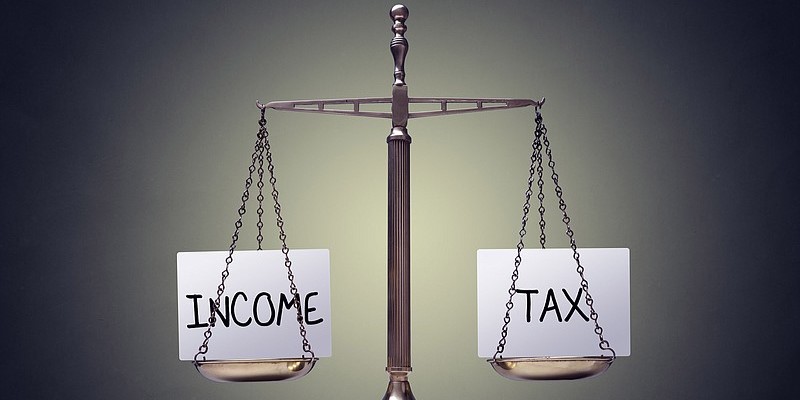
What Are Progressive Taxes?
Progressive taxes are levied more on individuals or businesses with higher income and revenues. It means that the proportion of revenue paid in taxes rises with increasing income. Let's consider a progressive example system; the tax rates for income below 60,000, between 60,000 and above 100,001, might be 10%, 20%, and 30%, respectively. The progressive tax system aims to distribute wealth by putting a greater burden on those with higher incomes. It can reduce the income gap and give low-income individuals more financial assistance by levying less tax percentage. However, implementing progressive taxes can be more challenging because different percentages apply to different income levels. Furthermore, wealthy earners could be inclined to look for ways to lower their taxable income with investments or deductions, which could negatively impact the tax system's efficiency.
Regressive, Proportional, and Progressive Taxes: Key Differences
The three tax systems differ in terms of how they are structured, how they affect various income levels, and how well they work to attain various policy objectives.
Structure
Since everyone pays the same proportion of taxes based on their financial status, proportional taxes are simple to manage and implement. On the other hand, progressive and regressive taxes can be more complicated to implement because of different percentages of taxes and deductions.
Economical Impact
Regardless of income level, all taxpayers bear an equal burden due to proportional taxes. It also means that the proportion of taxes paid by high- and low-income Individuals on their earnings or wealth is equal.
On the other hand, regressive taxes heavily punish low-income earners, whereas progressive taxes heavily overburden high-income earners. It may hurt buying power, financial freedom, and overall cost of living.
Effectiveness
Proportional taxes have been criticized for being regressive because they may unfairly penalize low-income individuals. Progressive taxes seem to reduce the income gap by levying a heavier tax on high-income individuals. While regressive taxes can be a useful tool for increasing government revenue without restricting economic growth or job creation, they may also worsen the income gap.

Effects of Different Tax Systems on the Economy, businesses, and Individuals
Tax systems can significantly affect the economy, businesses and individuals. Here is how it affects the social and economic system in different aspects.
Economy
Taxes significantly shape the economy. Comparatively speaking, proportional and regressive taxes may have the opposite impact of progressive taxes, which can assist in reducing the income gap and improving government revenue. Tax laws can also affect the growth of the economy and the creation of jobs, as lower taxes can encourage certain activities, but higher taxes can prevent entrepreneurship and investments.
Businesses
A tax structure can also have significant impacts on businesses as well. Small businesses can profit from proportional taxes because they offer a stable tax rate, which is simple to calculate and administer. However, businesses may find progressive taxation more problematic since different tax rates are applied to different income levels. Businesses employing low-income people or manufacturing commodities liable to regressive taxes can be unfairly affected by regressive taxes.
Individuals/Households
Different tax structures affect individuals and households based on their income level. While progressive taxes disproportionately affect higher-income households, proportional taxes affect all equally. Low-income households bear a heavier tax burden due to regressive taxes. Tax systems can affect living standards, financial freedom, and buying power of individuals and households.
Social Consequences
Tax systems cause social implications such as wealth redistribution and improvement of social welfare. Progressive taxation can be useful to benefit low-income households and to lessen the income gap. While regressive taxes can efficiently increase government revenue without affecting economic growth or job creation, they may also contribute to the income gap.
Conclusion
Regressive, Proportional, and Progressive Taxes: all these three tax systems are different regarding their effects on low-income and high-income individuals and businesses. Some tax systems seem more inclined towards high-income individuals, while some sit better for low-income individuals. Choosing a tax system can heavily impact the economy, businesses and individuals.

